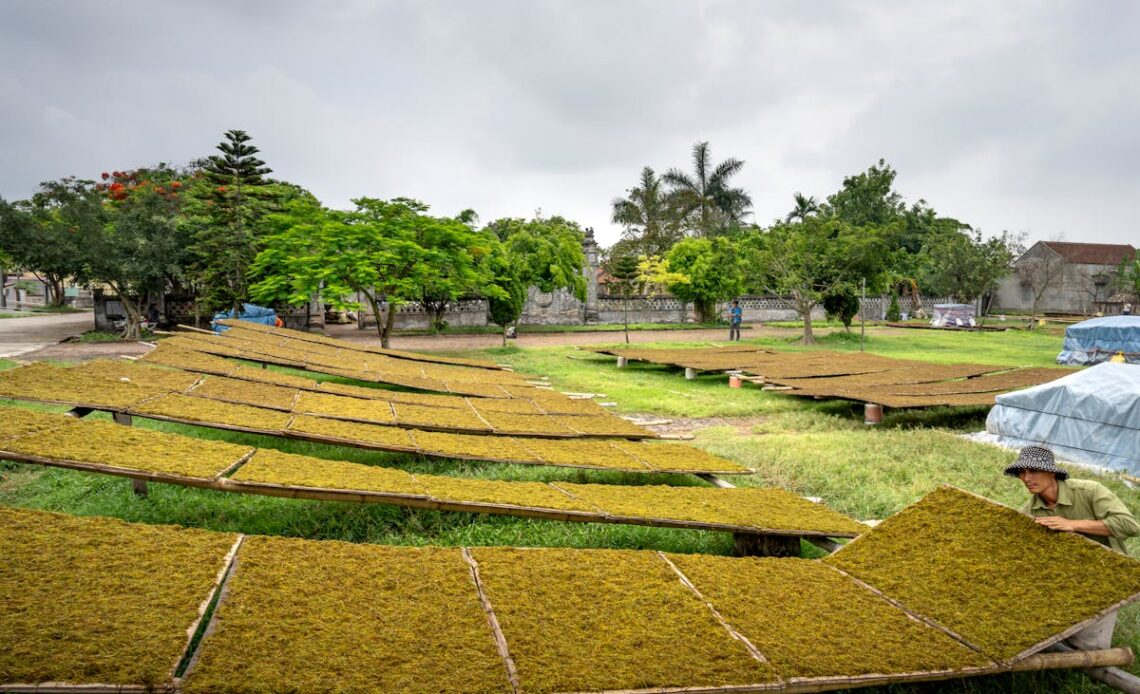Installing artificial turf is a multi-step process that requires careful planning and execution to ensure a successful outcome. Professional installation involves several critical steps, from site preparation to the final touches. This article outlines the key steps involved in professional artificial turf installation, providing an overview of the process and what to expect.
- Site Assessment and Planning
The first step in professional artificial turf company dallas installation is a thorough site assessment. This involves evaluating the area where the turf will be installed, taking measurements, and identifying any potential challenges or obstacles. The installation team will consider factors such as soil conditions, drainage requirements, and the intended use of the turf. Based on the assessment, a detailed installation plan is developed, outlining the necessary materials, equipment, and timeline for the project.
- Clearing and Preparing the Site
Once the planning phase is complete, the site preparation begins. This involves clearing the area of any existing vegetation, debris, and rocks. The ground is then leveled and graded to ensure a smooth and stable surface. Depending on the site conditions, additional steps may be required, such as removing existing grass or addressing drainage issues. Proper site preparation is crucial for ensuring the stability and longevity of the artificial turf.
- Installing the Base Layer
After the site is cleared and prepared, the next step is to install the base layer. The base layer provides a stable foundation for the artificial turf and ensures proper drainage. Typically, a layer of crushed stone or gravel is spread across the area and compacted using a plate compactor. The thickness of the base layer may vary depending on the specific requirements of the project. A properly installed base layer is essential for preventing issues such as uneven surfaces and water accumulation.
- Adding the Weed Barrier
To prevent weed growth and ensure a clean installation, a weed barrier is often installed over the base layer. The weed barrier is typically made of a durable, non-woven fabric that allows water to pass through while preventing weeds from growing up through the turf. The barrier is laid out across the entire installation area and secured in place, providing an additional layer of protection.
- Rolling Out and Securing the Turf
With the base layer and weed barrier in place, the artificial turf can be rolled out over the area. The turf is carefully positioned and trimmed to fit the dimensions of the installation site. It is important to ensure that the turf is laid out smoothly and without wrinkles or folds. Once the turf is properly positioned, it is secured to the ground using landscape staples or adhesive, depending on the specific installation requirements. Seam tape and adhesive are used to join multiple pieces of turf, creating a seamless and cohesive surface.
- Adding Infill Material
Infill material is spread across the surface of the artificial turf to provide cushioning, support, and stability. Common infill materials include sand, crumb rubber, or organic options like cork or coconut fibers. The infill helps to keep the turf fibers upright and enhances the overall performance and appearance of the turf. The infill is evenly distributed using a drop spreader and then brushed into the turf fibers using a power broom or a stiff-bristled brush.
- Brushing and Grooming
After the infill is added, the turf is brushed and groomed to ensure that the fibers stand upright and the infill is evenly distributed. This step is crucial for achieving a natural and lush appearance. Brushing the turf also helps to blend the seams and create a uniform surface. Depending on the specific requirements of the project, additional grooming steps may be performed to enhance the overall look and feel of the turf.
- Final Inspection and Touch-Ups
The final step in the installation process is a thorough inspection to ensure that the turf is properly installed and meets the desired specifications. The installation team will check for any issues, such as uneven surfaces, wrinkles, or loose edges, and make any necessary adjustments or touch-ups. This final inspection ensures that the artificial turf is ready for use and meets the highest standards of quality and performance.
- Post-Installation Maintenance
While professional installation ensures a high-quality outcome, post-installation maintenance is essential for keeping the turf in optimal condition. Regular brushing, cleaning, and infill replenishment are necessary to maintain the appearance and performance of the turf. The installation team may provide guidance and recommendations for ongoing maintenance, ensuring that the turf remains beautiful and functional for years to come.
Conclusion
Professional artificial turf installation involves several critical steps, from site assessment and preparation to the final touches and post-installation maintenance. Each step is essential for ensuring a successful and long-lasting installation. By understanding the process and what to expect, property owners can make informed decisions and enjoy the numerous benefits of professionally installed artificial turf.

